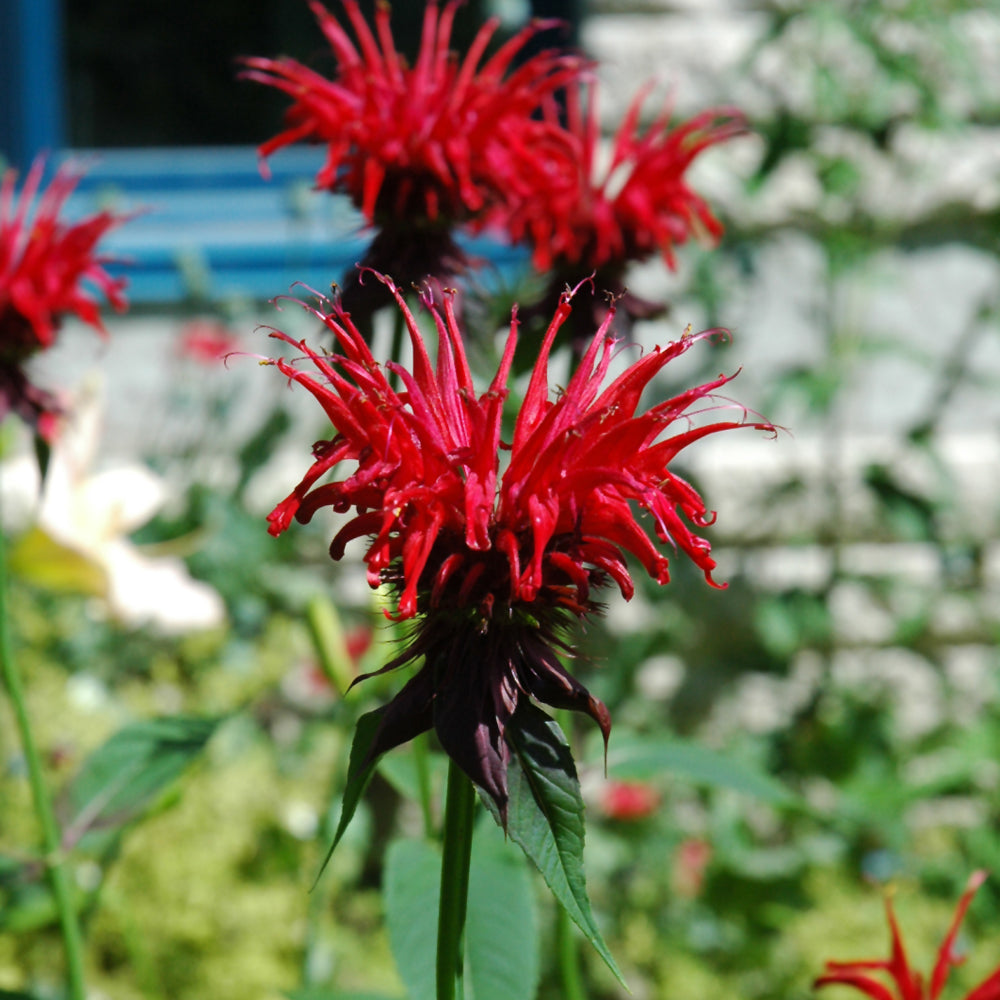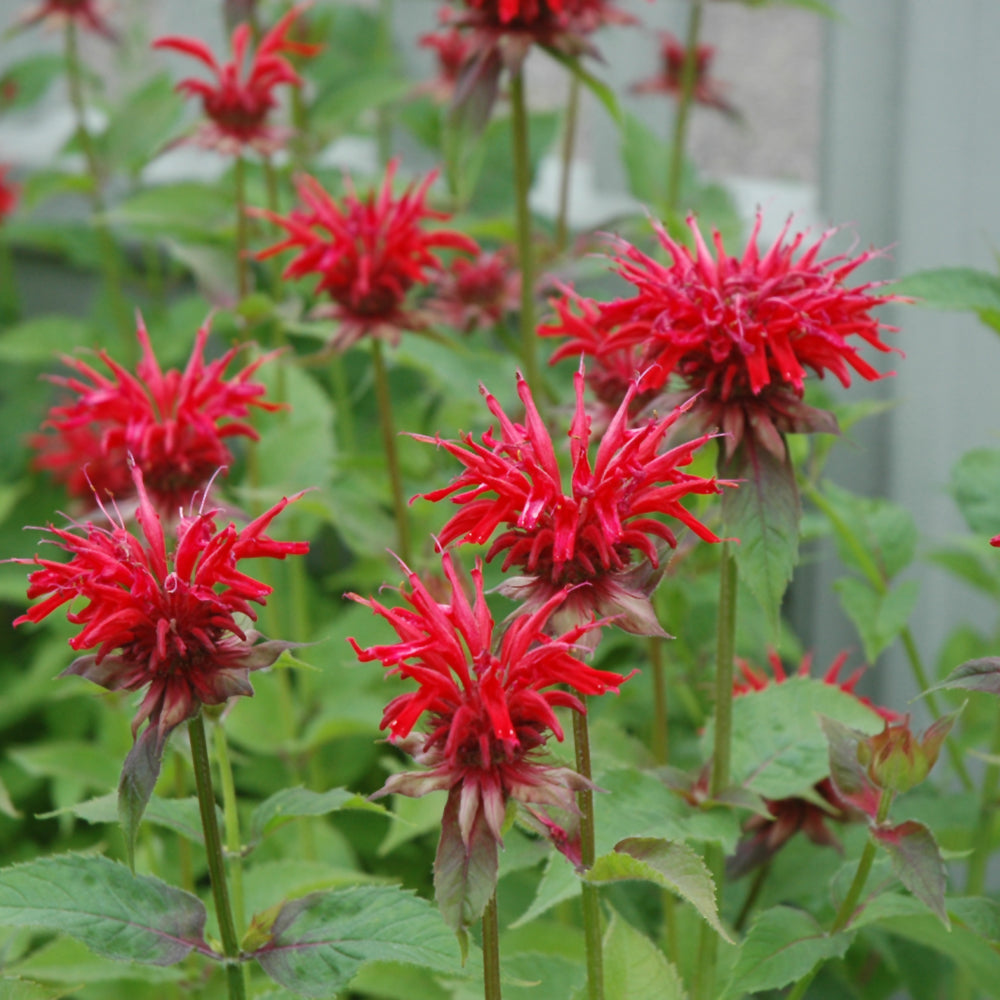Jacob Cline Beebalm
Jacob Cline Beebalm
|
|
Shipping for other products is calculated at checkout.
Couldn't load pickup availability
Botanic Name: Monarda 'Jacob Cline'
Description: Jacob Cline Beebalm has masses of beautiful clusters of fragrant red flowers at the ends of the stems from mid to late summer, which are most effective when planted in groupings. The flowers are excellent for cutting. Its fragrant pointy leaves remain forest green in color throughout the season.
Landscaping Attributes
Landscaping Attributes
Jacob Cline Beebalm is an herbaceous perennial with an upright spreading habit of growth. Its relatively coarse texture can be used to stand it apart from other garden plants with finer foliage.
This plant will require occasional maintenance and upkeep, and should be cut back in late fall in preparation for winter. It is a good choice for attracting bees, butterflies and hummingbirds to your yard, but is not particularly attractive to deer who tend to leave it alone in favor of tastier treats. Gardeners should be aware of the following characteristic(s) that may warrant special consideration;
Spreading, Self-Seeding
Jacob Cline Beebalm is recommended for the following landscape applications;
Mass Planting, General Garden Use, Naturalizing And Woodland Gardens
Ornamental Features
Ornamental Features
Jacob Cline Beebalm has masses of beautiful clusters of fragrant red flowers at the ends of the stems from mid to late summer, which are most effective when planted in groupings. The flowers are excellent for cutting. Its fragrant pointy leaves remain forest green in color throughout the season.
Planting & Growing Tips
Planting & Growing Tips
Jacob Cline Beebalm will grow to be about 3 feet tall at maturity, with a spread of 3 feet. When grown in masses or used as a bedding plant, individual plants should be spaced approximately 30 inches apart. It grows at a fast rate, and under ideal conditions can be expected to live for approximately 5 years. As an herbaceous perennial, this plant will usually die back to the crown each winter, and will regrow from the base each spring. Be careful not to disturb the crown in late winter when it may not be readily seen!
This plant does best in full sun to partial shade. It is very adaptable to both dry and moist locations, and should do just fine under typical garden conditions. It is not particular as to soil type or pH. It is highly tolerant of urban pollution and will even thrive in inner city environments. This particular variety is an interspecific hybrid. It can be propagated by division; however, as a cultivated variety, be aware that it may be subject to certain restrictions or prohibitions on propagation.
More Info...
More Info...
Hardiness Zone: 3
Sunlight: Full Sun To Partial Shade
Height: 4 feet
Spread: 3 feet
Photo Credits: NetPS Plant Finder




